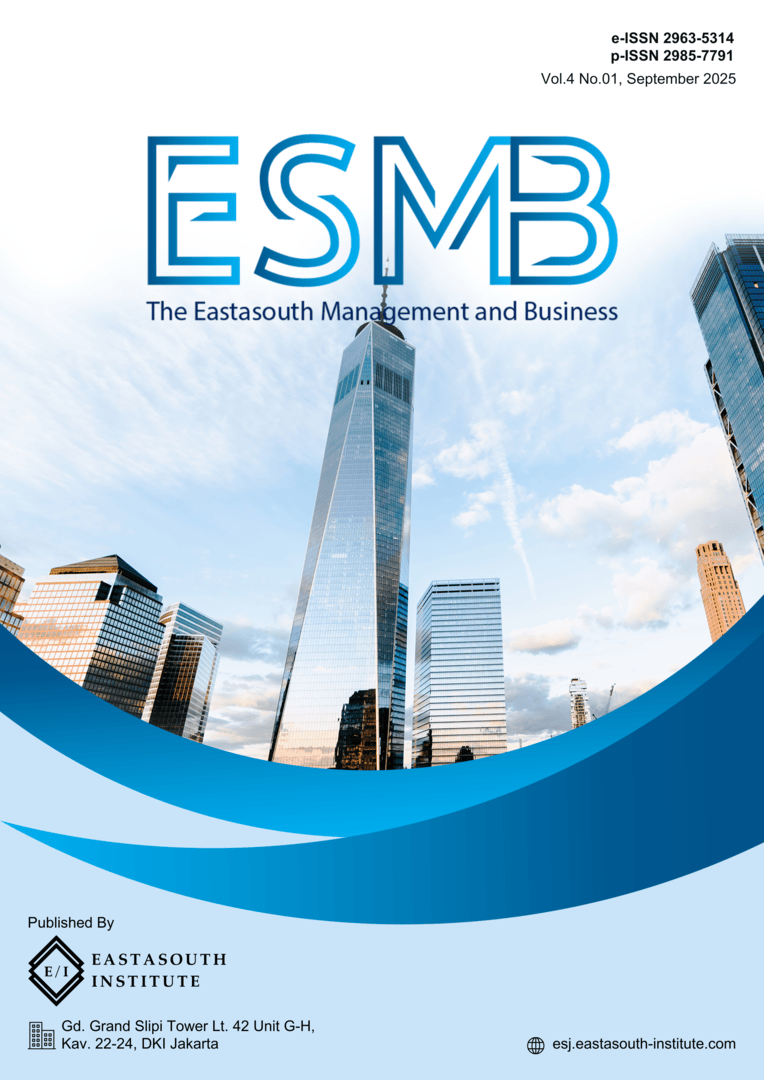Analysis of the Strategy of Law Office & Associates “Solidaritas” Pemalang in Providing Restorative Justice for the Surrounding Community
Main Article Content
Abstract
The main problem in this research is that the conventional legal system, which is primarily punitive, often fails to provide fair and holistic redress for both victims and offenders, thereby creating a gap between formal justice mechanisms and the social justice needs of local communities such as those in Pemalang. The purpose of this study is to analyze the strategies employed by Law Office & Associates “Solidaritas” Pemalang in implementing restorative justice as an alternative legal model that emphasizes reconciliation, community participation, and the restoration of social harmony. This study uses a descriptive-analytical method with qualitative analysis, combining literature review, participatory observation, interviews, and documentation to systematically examine the strategies, challenges, and impacts of restorative justice implementation by Law Office & Associates “Solidaritas” Pemalang. The research findings show that the restorative justice strategy of Law Office & Associates “Solidaritas” Pemalang reflects a progressive and participatory legal approach inspired by Marshall, Zehr, and Daly, emphasizing the restoration of social relations and empowerment of marginalized groups. Through mediation, consultation, and empathy-based assistance, the office addresses community needs effectively, fostering trust, awareness, and peaceful dispute resolution. Its success highlights law as social service rather than punishment. To enhance this role, recommendations include capacity building, systematic documentation, stronger collaborative networks, community legal education, and advocacy for supportive regulations, ensuring restorative justice becomes a sustainable and legitimate model.
Article Details

This work is licensed under a Creative Commons Attribution-ShareAlike 4.0 International License.
References
H. Zehr, The little book of restorative justice. 2002.
S. Rahardjo, “Ilmu hukum: Paradigma baru,” Yogyakarta Genta Publ., 2009.
D. W. Van Ness and K. H. Strong, Restoring justice: An introduction to restorative justice, 4th ed. 2010.
T. Marshall, “Restorative justice: An overview,” London: Home Office Research Development and Statistics Directorate, 1999.
J. Braithwaite, Restorative justice and responsive regulation. 2002.
K. Daly, “The limits of restorative justice,” in Handbook of restorative justice, D. Sullivan and L. Tifft, Eds. Routledge, 2006, pp. 134–145.
G. Bazemore and M. Umbreit, “Rethinking the sanctioning function in juvenile court: Retributive or restorative responses to youth crime,” Crime Delinq., vol. 41, no. 3, pp. 296–316, 1995.
P. McCold and T. Wachtel, “In pursuit of paradigm: A theory of restorative justice,” in Restorative justice: Theoretical foundations, E. Weitekamp and H.-J. Kerner, Eds. Willan Publishing, 2003, pp. 153–173.
H. Sihombing, “Akses terhadap keadilan dan pendampingan hukum,” J. Huk. dan Keadilan, vol. 4, no. 2, pp. 110–120, 2017.
D. Ramadhani and A. Rauf, “Peran LBH dalam mendampingi perkara perdata,” J. Huk. Responsif, vol. 4, no. 3, pp. 85–95, 2019.
D. Yuliana, “Kesenjangan pengetahuan hukum dan strategi pendampingan,” J. Penelit. Huk. Jure, vol. 21, no. 2, pp. 90–100, 2021.
Mardalena and R. Usman, “Peran paralegal dalam meningkatkan akses keadilan,” J. HAM, vol. 11, no. 1, pp. 130–140, 2020.
E. Pratiwi and H. Gunawan, “Pemberdayaan masyarakat melalui layanan hukum,” J. Pengabdi. Masy., vol. 3, no. 1, pp. 120–125, 2016.
L. Handayani and M. Arifin, “Etika profesi dalam pendampingan hukum masyarakat,” J. Ilmu Huk., vol. 5, no. 2, pp. 85–94, 2018.

